Biography
At almost ninety years old, Archimede Seguso, born in Murano in 1909, still would go to the glassworks to oversee the production of his designs.
"When my son asks me for a new piece for an exhibition or a customer, I feel like a lion: a powerhouse with many new ideas in my head and the glass in my hands transforms as if by itself into a figure, a pattern or a vase," he wrote in a letter in 1995.
For about 65 years Archimede Seguso would make the Muranese glass market richer with his decorative figurines and vessels. He stemmed from one of the oldest glassmaking families, whose activities can be traced back as far as the 14th century. Archimede Seguso did not belong to the group of university-trained architects and designers who, from the 1930s onwards, provided designs to the Muranese companies. At the age of fourteen, he joined Vetreria Artistica Barovier & C., renowned for its Murrine glassware. He concluded his training as a glassmaker in 1929 under the aegis of his father Antonio, who owned shares in the company, and the master Napoleone Barovier. However, as a result of the Great Depression, he was laid off like many others in 1929. He set up a small glassblowing workshop at Campo del Cimitero together with his father and his brother Ernesto to craft historicist models and lampshades. Along the way Archimede Seguso created smoothly molded, fluid female figurines in clear glass with a corroded surface, and charming animal figurines such as bears, elephants, donkeys, owls, horses, cats, birds and his famous hippopotamus, which earned him the nickname "Master of Animals" in Murano. Renowned artistic directors such as Vittorio Zecchin and, from 1934, Flavio Poli, made the young company known on an international level, which from 1937, now based at 138 Fondamenta Vetrai, operated under the name Seguso Vetri d'Arte. Archimede Seguso participated in the 1936 Venice Biennale as one of the executive master blowers of Poli's spectacular Sommerso glasses. He also collaborated with Poli on a large glass relief depicting the signs of the zodiac called I Segni dello Zodiaco, which is now lost.
Characteristics of Archimede Seguso's own designs at the end of the 1930s are simple decorations made of colored diagonal ribbons and stripes or massive-looking vases in frothed Pulegoso glass. By founding his own company, Vetreria Archimede Seguso, after the Second World War, Seguso catapulted himself into the Olympus of glass designers. His Merletto vases belong to the highlights of the Murano glass art. Archimede Seguso also achieved great success with the subsequent Spirale, Piume, Latticinio series and his figurines. The collaboration with other artists broadened the spectrum of the small company. Together with Riccardo Licata, Seguso created a small series of colorless vases with fused color rings. In the spirit of organic design, Giuseppe Santomaso created amoeba-like door handles in bright colors. Moreover, Seguso was able to hire the American superstar of interior design and former artistic director at Tiffany’s in New York, Van Day Truex, to make a guest appearance at his company. Archimede Seguso, who passed away in 1999, never repeated himself, but responded with his designs to the changing trends in art and design, such as his 1966 Aleante series in the bright orange tones of the sixties. With the arrival of his sons Gino and Giampaolo and the collaboration of his brother and grandson Antonio, the company became a family business, like many Muranese businesses.
Objects by Archimede Seguso
-
Sold
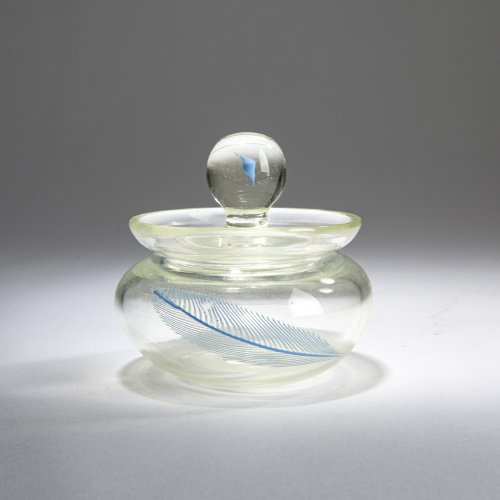
-
Sold
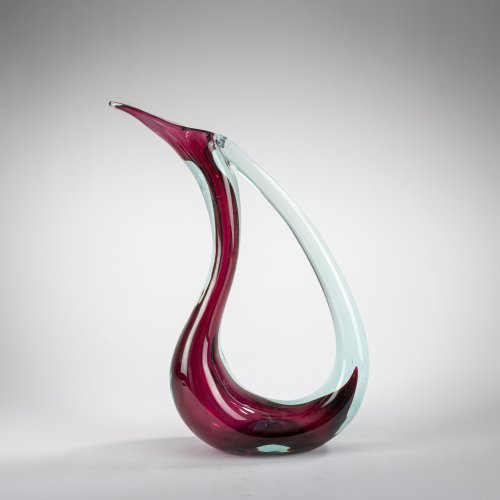
-
Sold

-
Sold
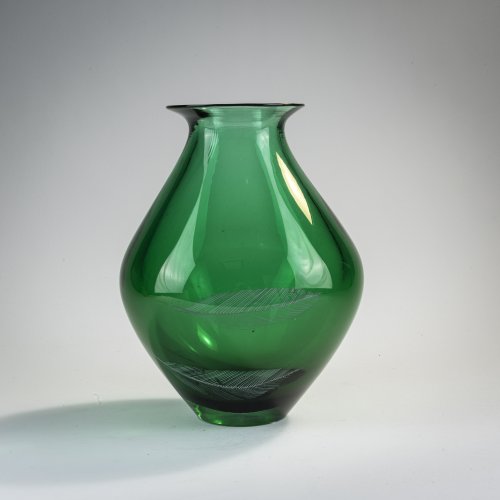
-
Sold
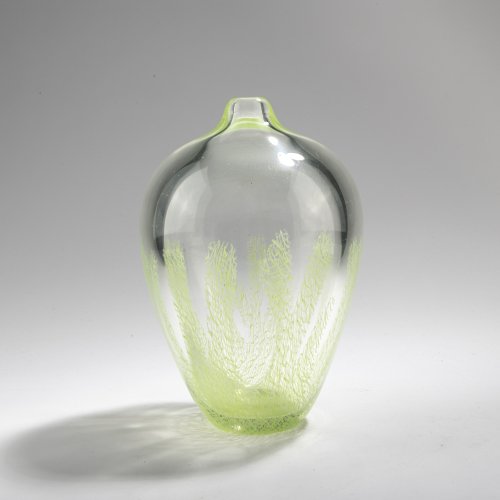
Archimede Seguso Seguso, Archimede, Murano
'A merletto frastagliato' vase, 1955
Hammer Price: 3,000 €
-
Sold

-
Sold
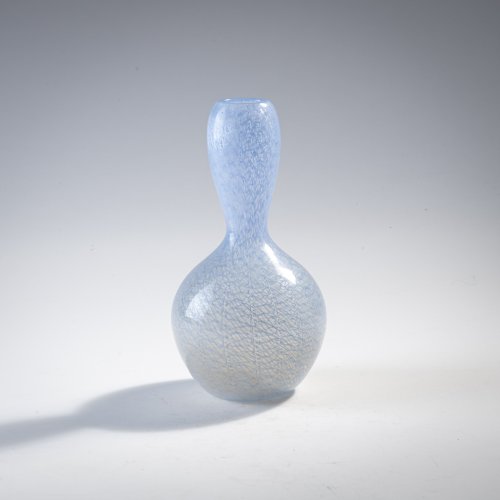
-
Sold
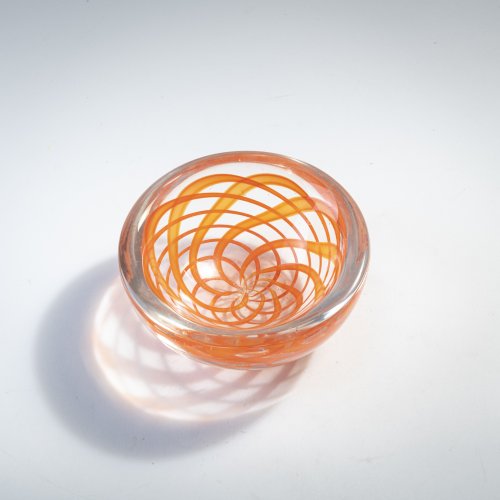
-
Sold
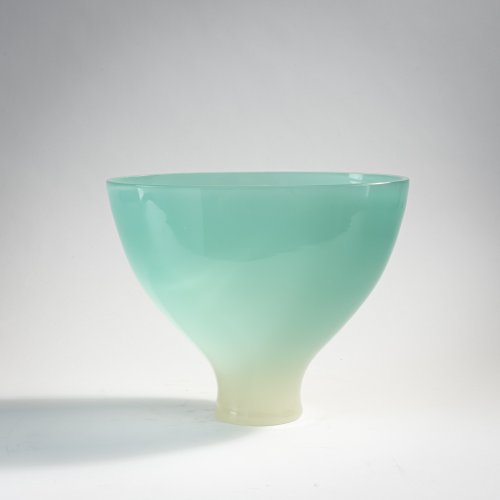
-
Sold
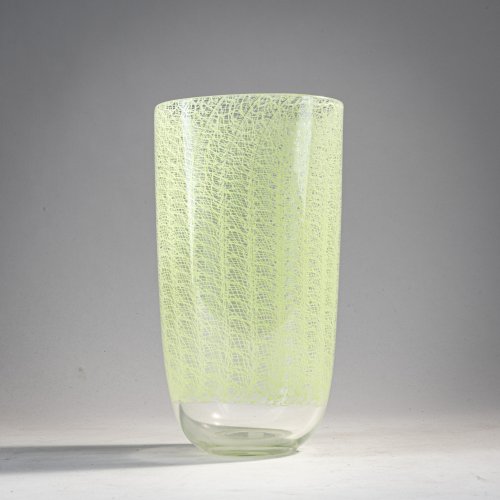
-
Sold
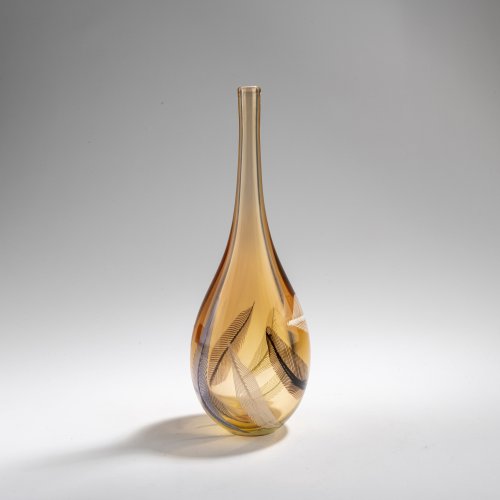
-
Sold
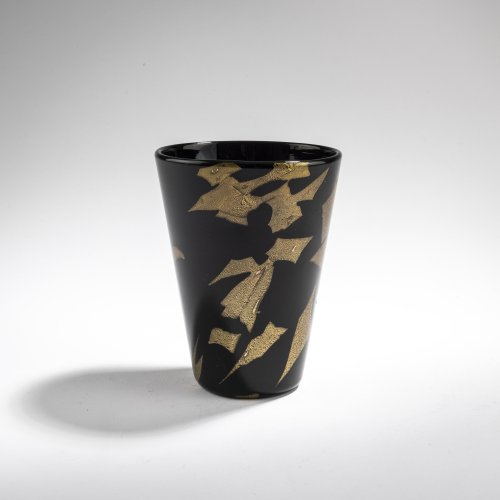
-
Sold
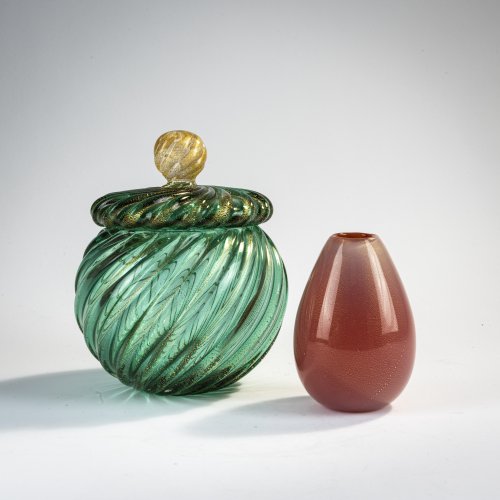
-
Sold
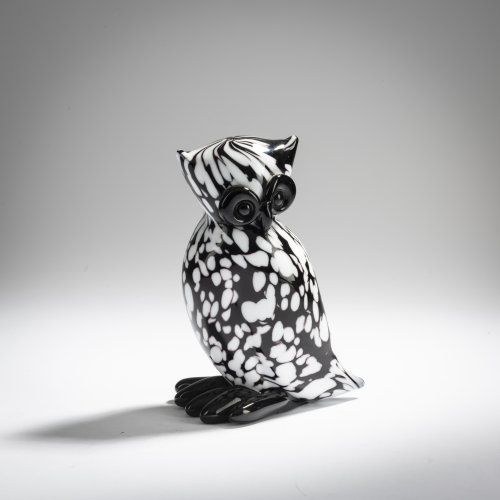
-
Sold
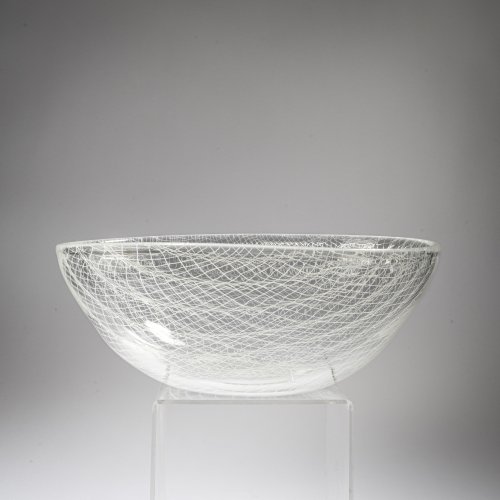
-
Sold
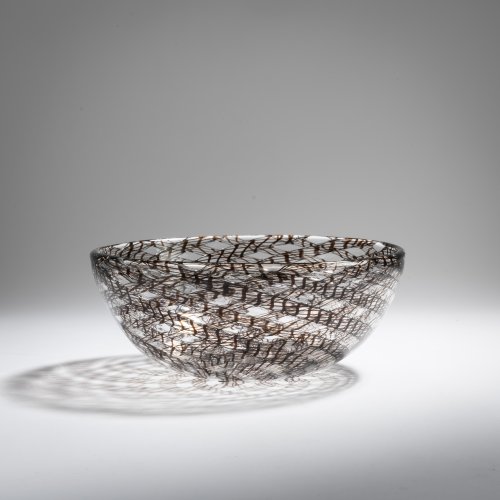
-
Sold
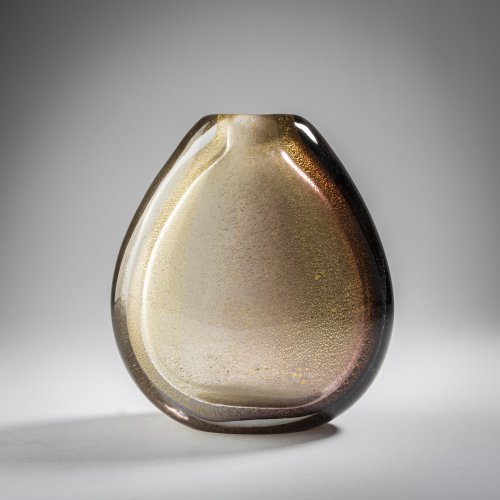
-
Sold
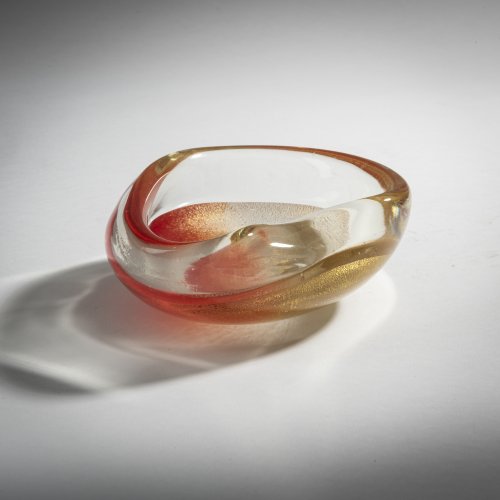
-
Sold
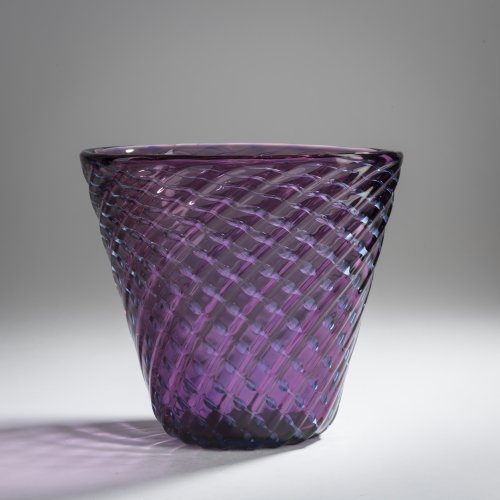
-
Sold
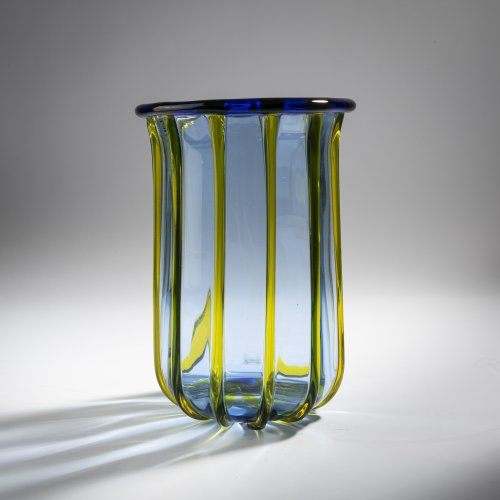
-
Sold
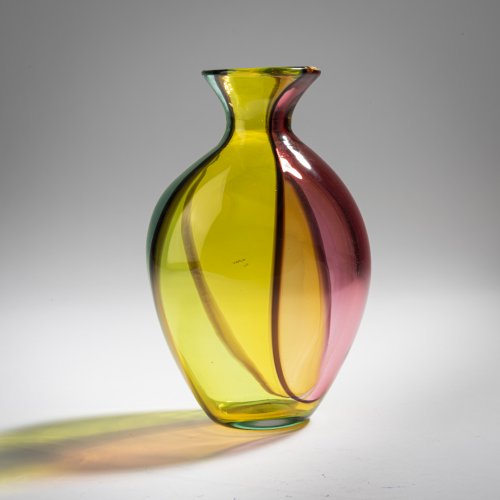
-
Sold
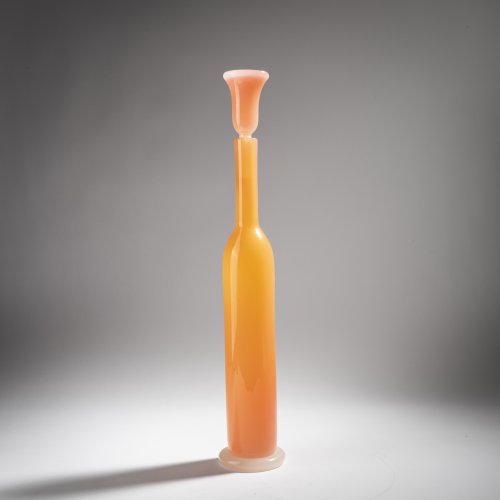
Archimede Seguso Seguso, Archimede, Murano
Bottle with stopper 'Alabastro', 1959
Hammer Price: 600 €
-
Sold
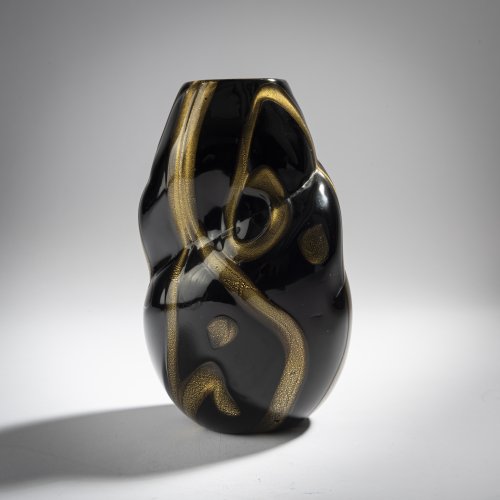
-
Sold
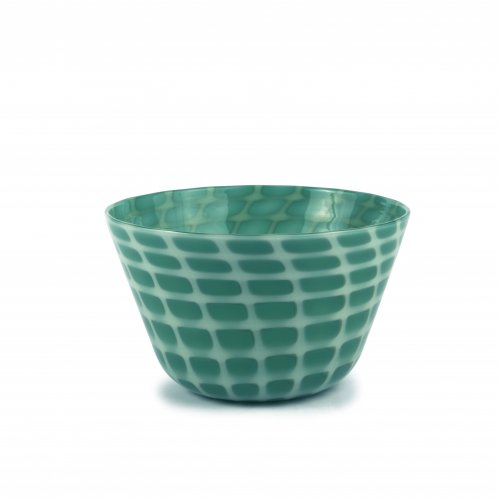
-
Sold
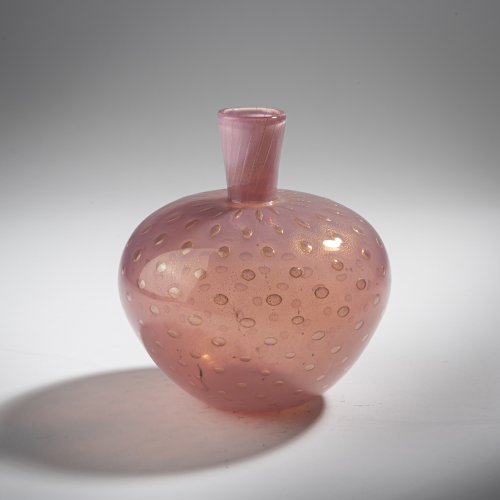
-
Sold
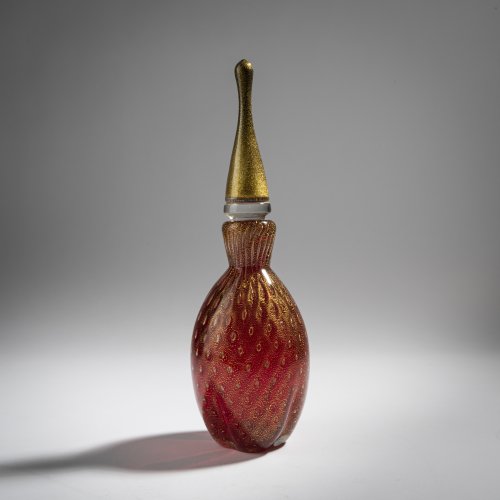
-
Sold
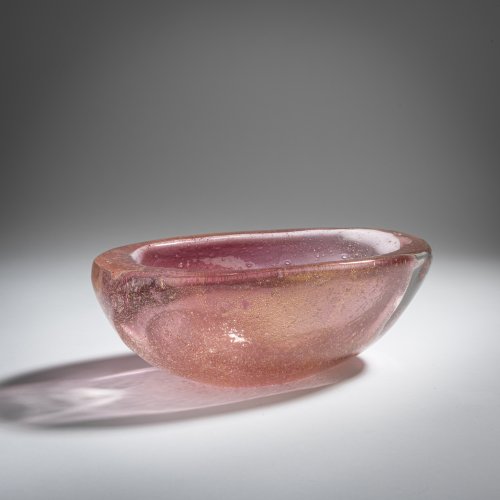
-
Sold
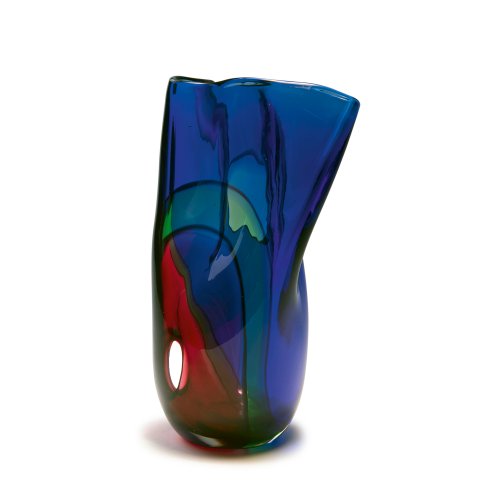
-
Sold
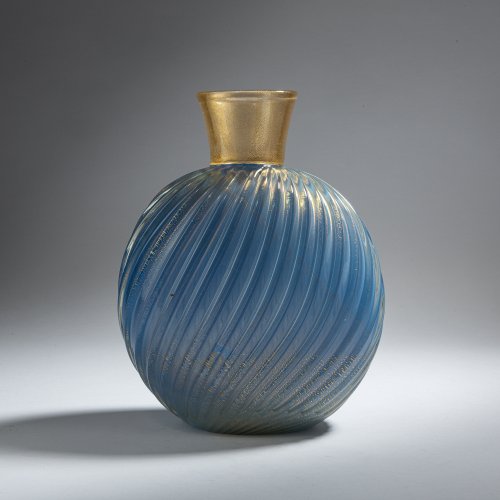
-
Sold
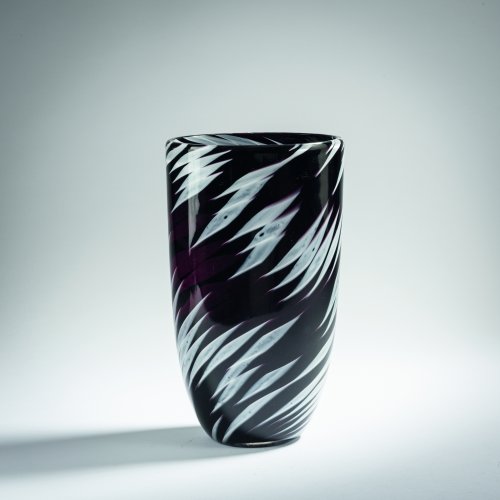
-
Sold
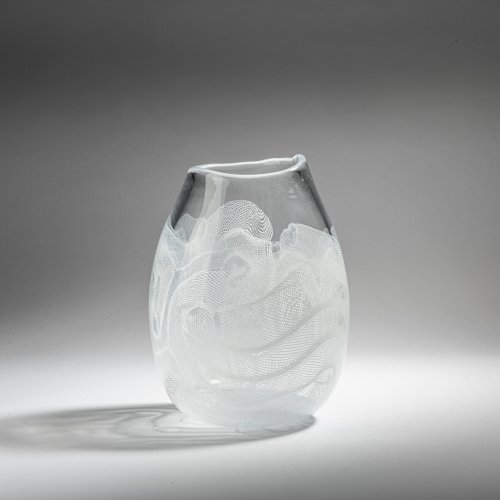
-
Sold
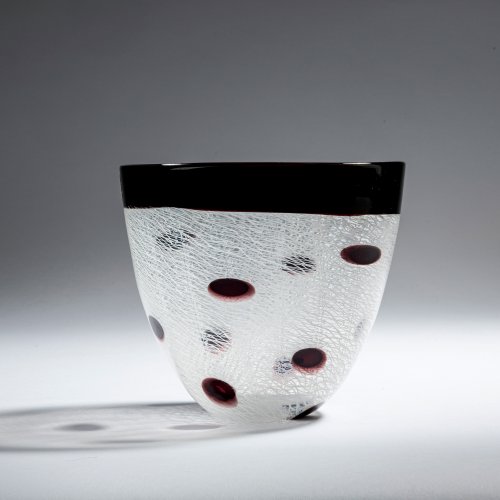
-
Sold
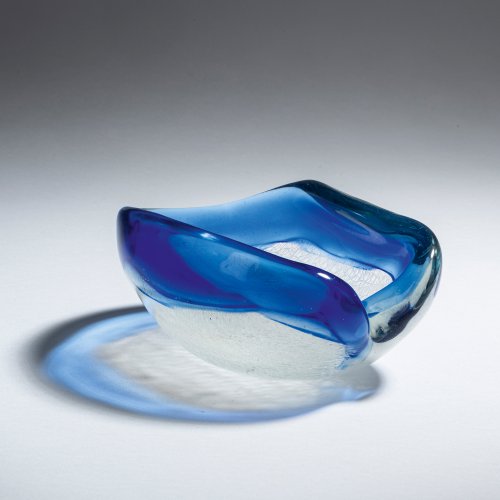
-
Sold
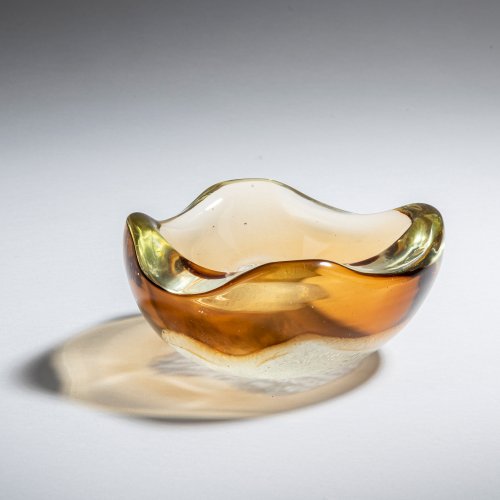
-
Sold
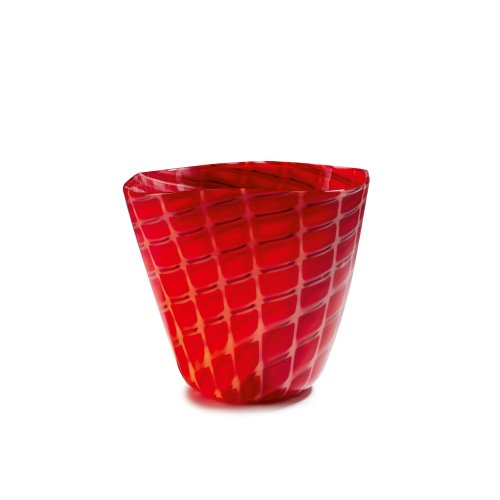
-
Sold
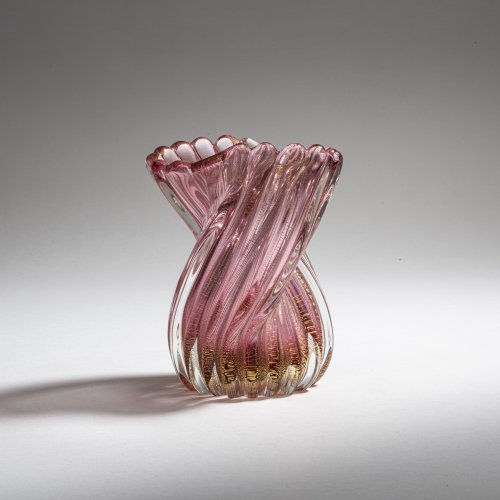
-
Sold
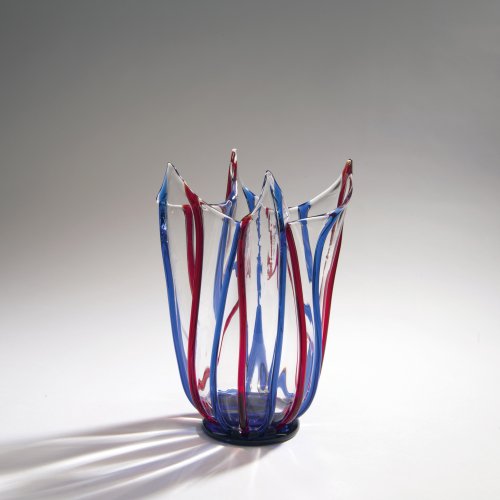
-
Sold
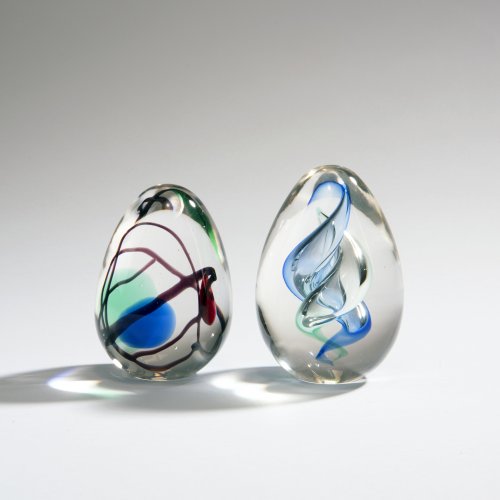
-
Sold
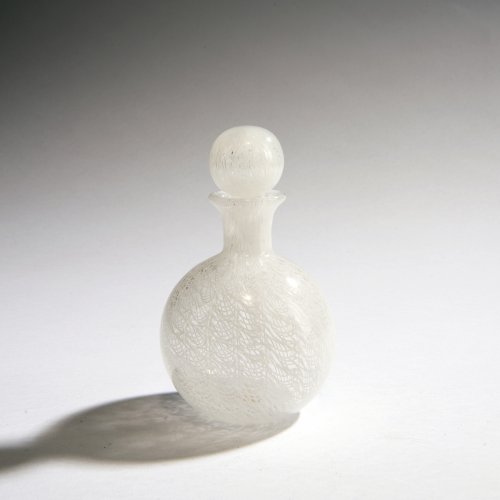
-
Sold
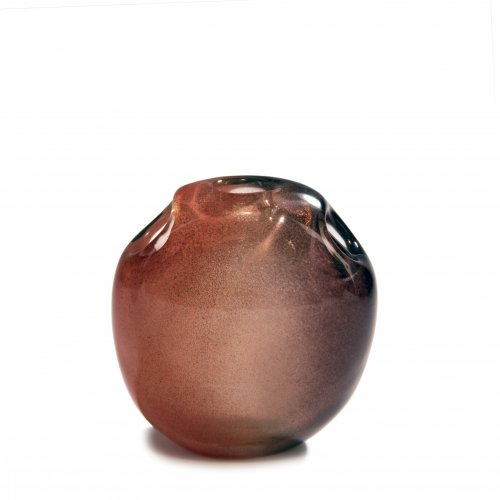
-
Sold
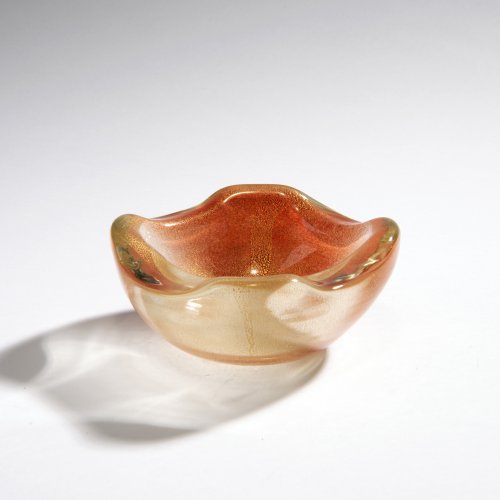
-
Sold
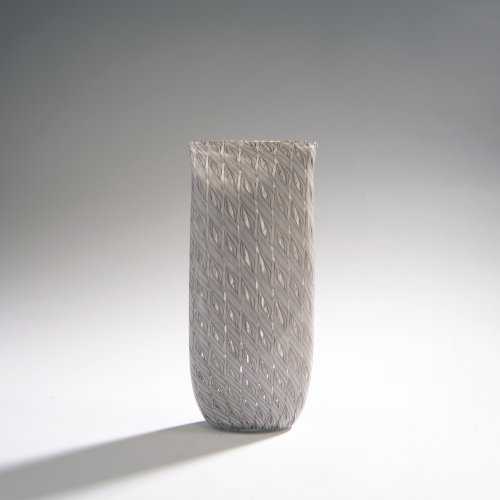
Archimede Seguso Seguso, Archimede, Vetreria, Murano
Vase for the Venice Biennale, 1954
Hammer Price: 10,000 €
-
Sold
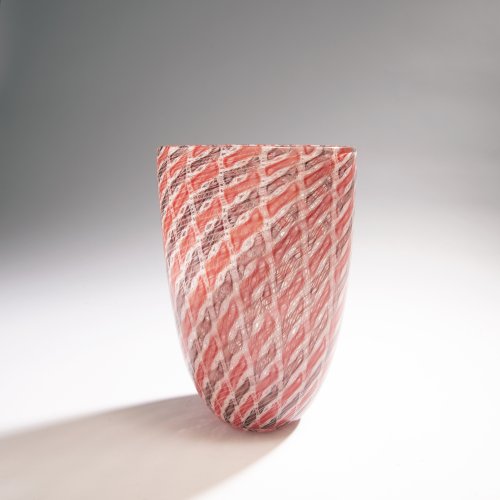
Archimede Seguso Seguso, Archimede, Murano
'A fantasia corallo ametista' vase, 1952
Hammer Price: 30,000 €
-
Sold
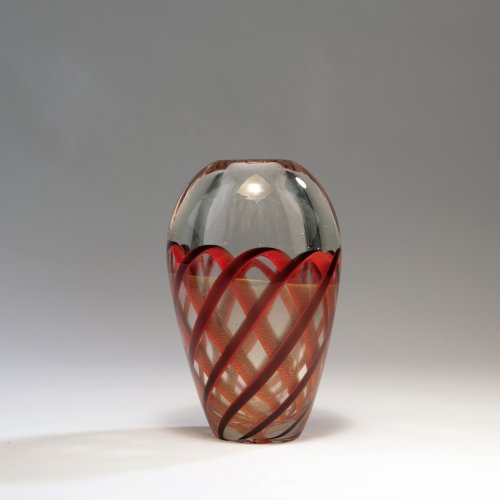
-
Sold
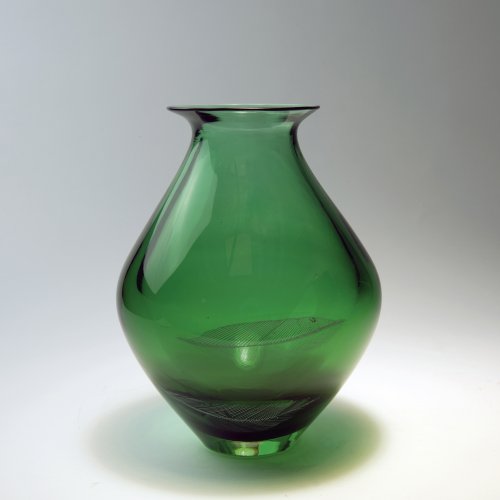
-
Sold
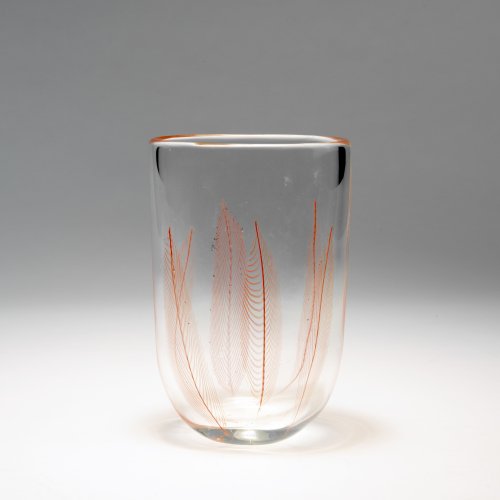
-
Sold
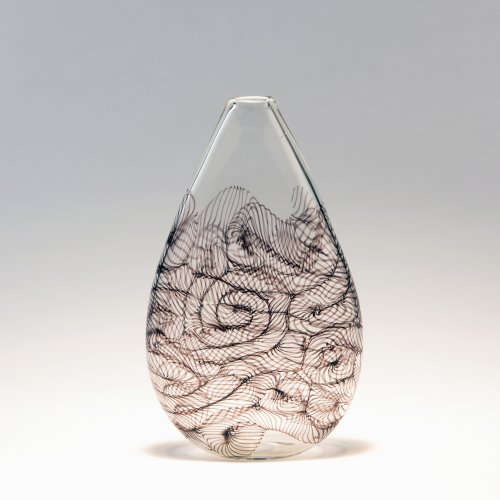
-
Sold
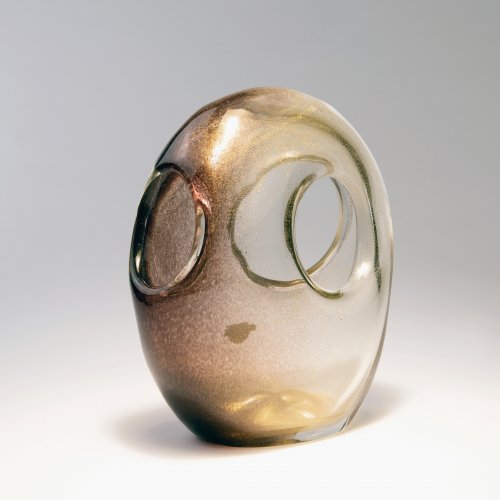
-
Sold
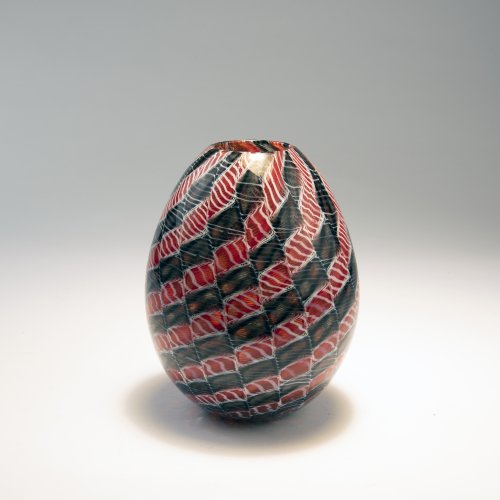
-
Sold
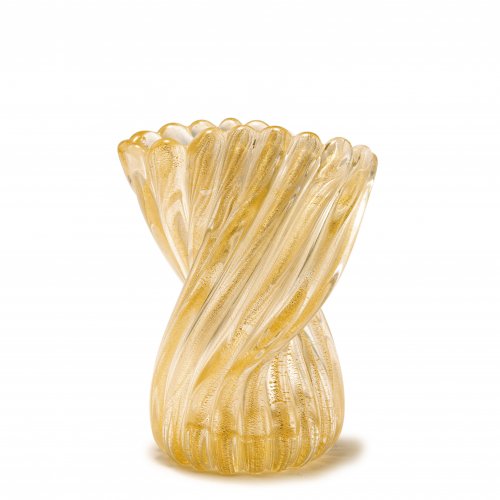
-
Sold
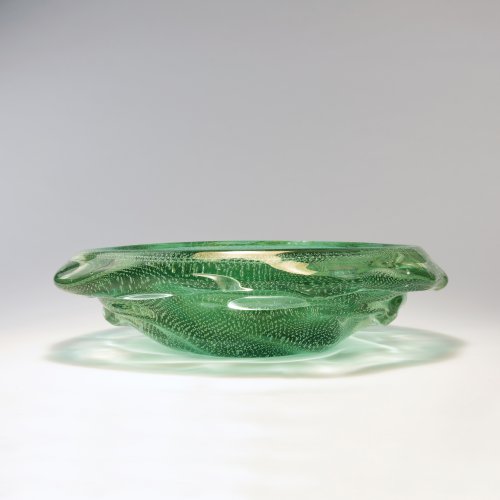
-
Sold
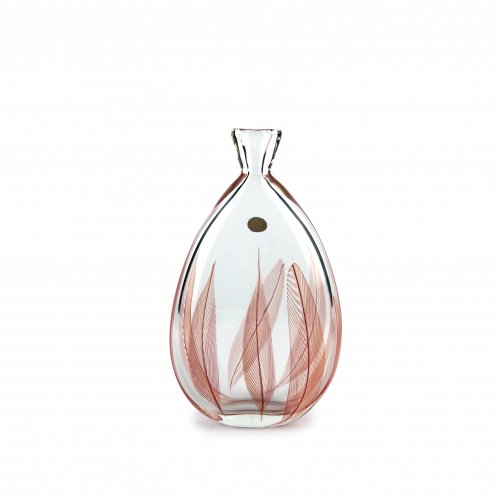
-
Sold
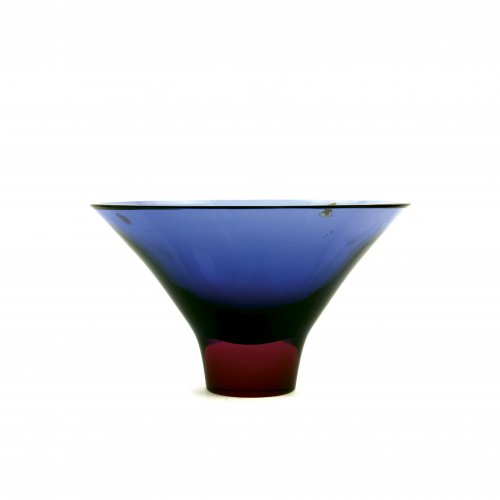
-
Sold
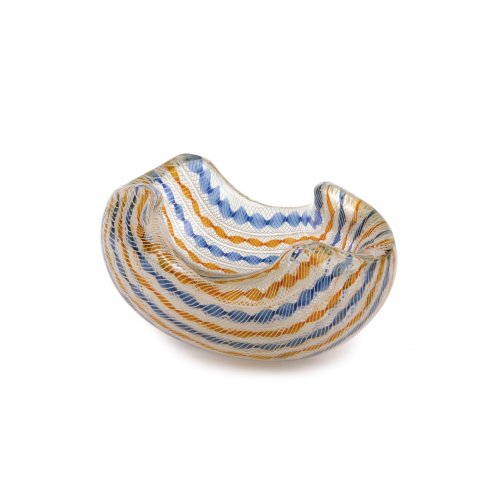
-
Sold
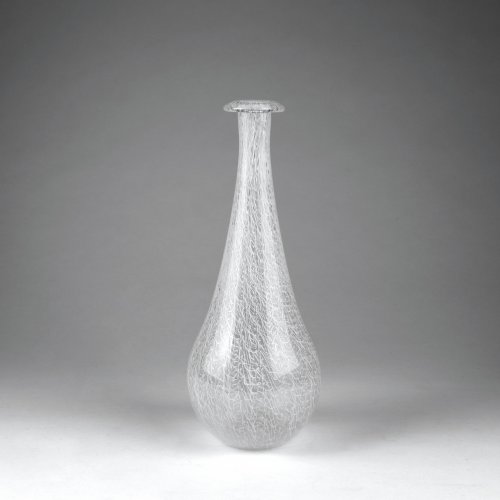
-
Sold
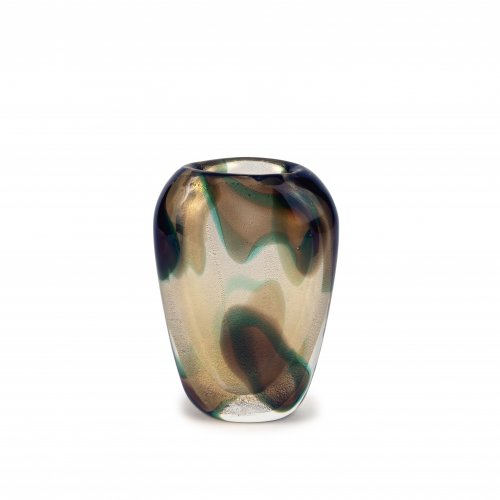
-
Sold
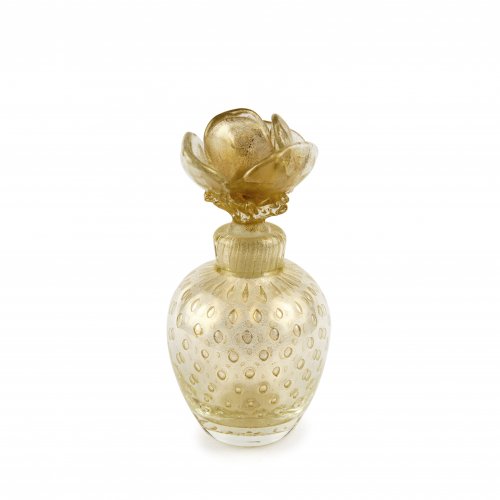
-
Sold
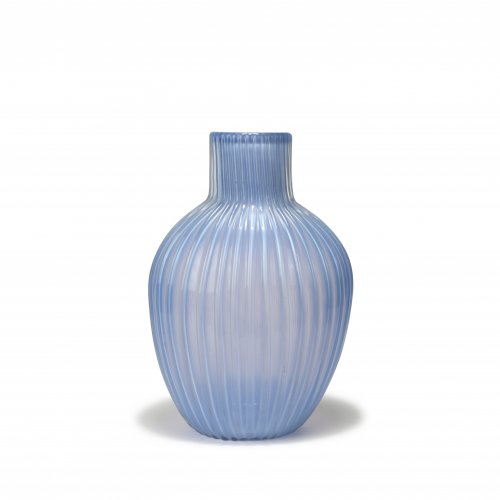
-
Sold
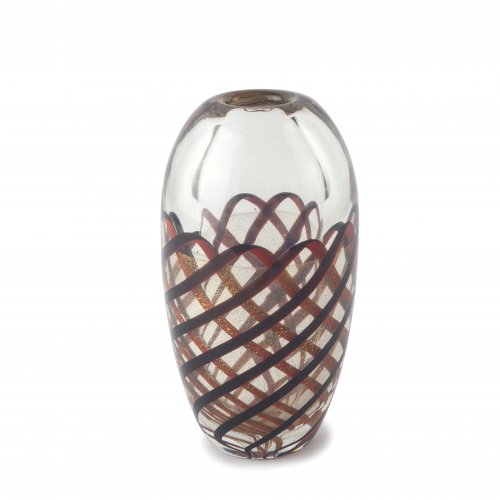
-
Sold
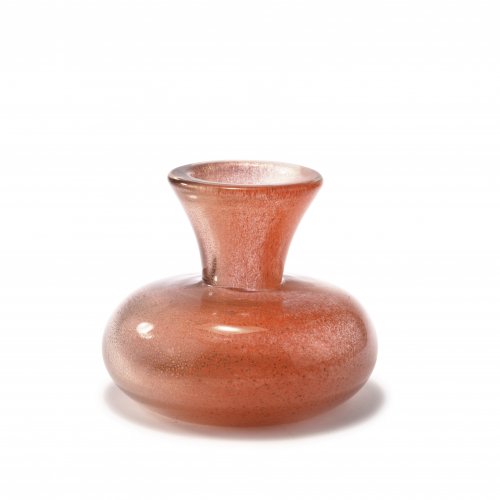
-
Sold
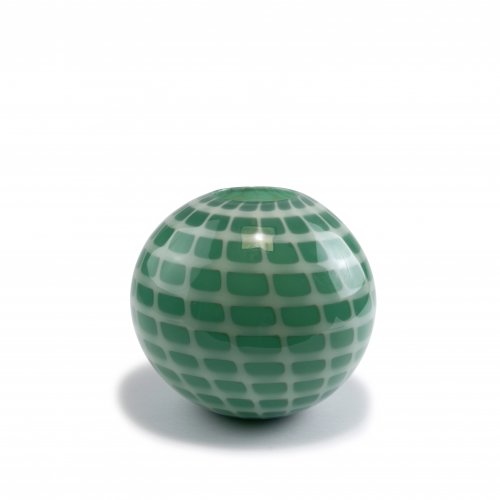
-
Sold
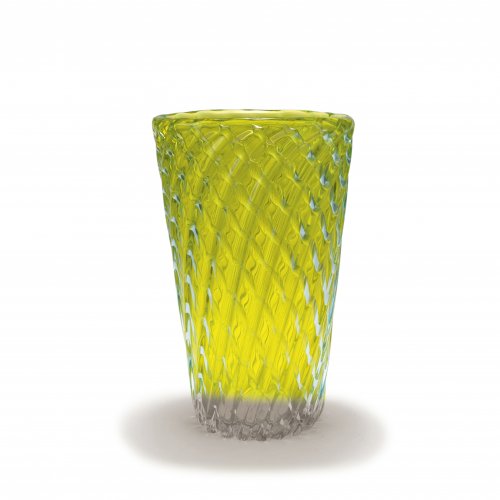
-
Sold
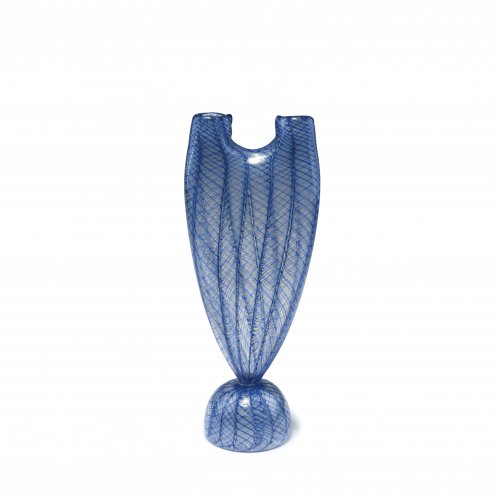
-
Sold
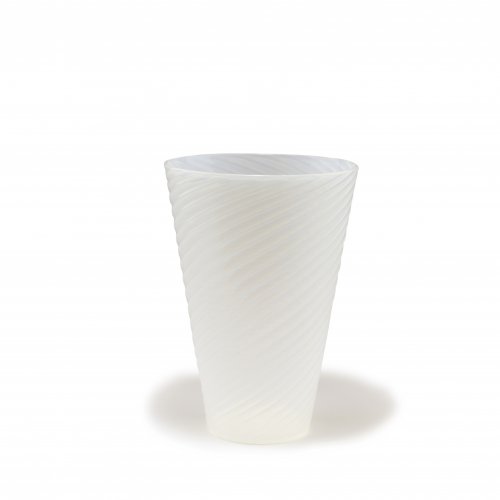
-
Sold
-
Sold
-
Sold
-
Sold
-
Sold
-
Sold
-
Sold
Archimede Seguso Seguso, Archimede, Vetreria, Murano
'Merletto' box and cover, 1952
Hammer Price: 800 €
-
Sold
-
Sold
-
Sold
-
Sold
-
Sold
-
Sold
-
Sold
